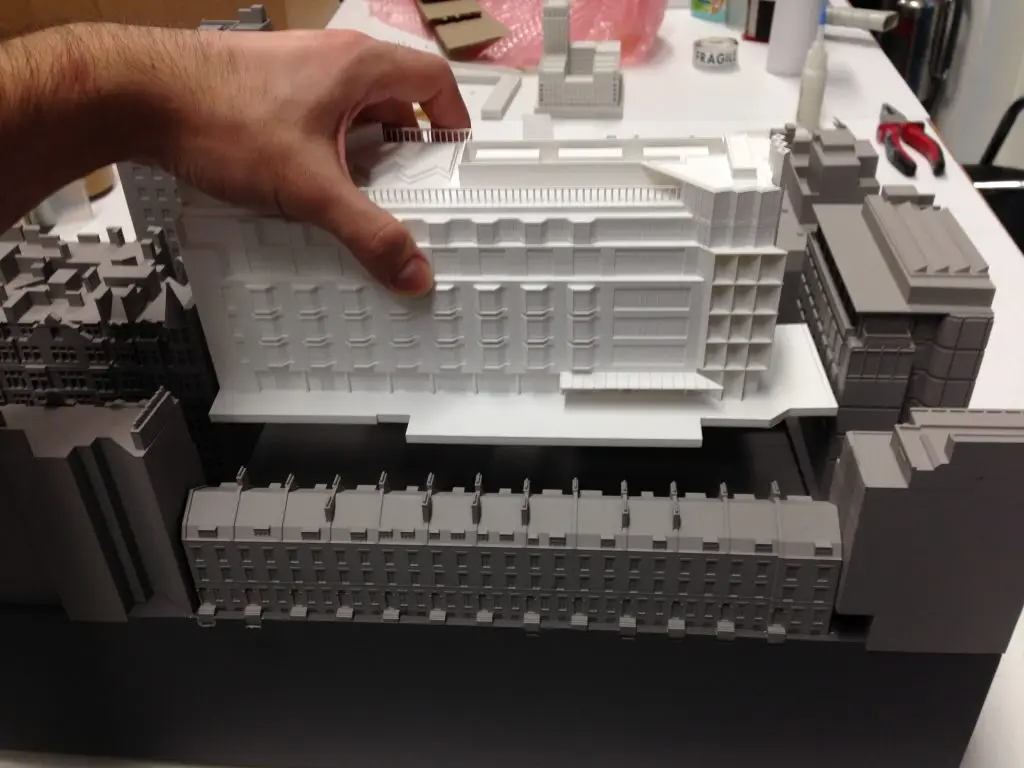
Inside the Miniature World of Architectural Model Makers

The world of architectural model makers is a fascinating blend of creativity, precision, and craftsmanship. These skilled professionals create miniature representations of buildings, structures, and urban environments, helping architects, designers, clients, and stakeholders visualize and understand the design concept. The process of architectural model making is both an art and a science, requiring a keen eye for detail, a steady hand, and a deep understanding of architectural principles.
- Tools and Techniques: Model makers use a variety of tools and techniques to create their miniatures, including traditional hand tools, such as knives, saws, and sanding blocks, as well as advanced technologies like laser cutters, CNC machines, and 3D printers. They work with a range of materials, including foam, wood, plastic, acrylic, and metal, carefully selecting the most appropriate material for each project.
- Scale and Detail: Architectural models are typically created at a specific scale, such as 1:100 or 1:500, which allows the model maker to accurately represent the design and its spatial relationships. The level of detail in a model can vary depending on its purpose, ranging from simple massing models that focus on the overall form and volume to highly detailed presentation models that include intricate interior and exterior elements.
- Collaboration and Communication: Model makers often work closely with architects and designers throughout the design process, discussing ideas, reviewing drawings, and providing input on material choices and construction techniques. This collaborative approach ensures that the final model accurately reflects the design vision and communicates the desired message to the client or audience.
- Challenges and Problem-Solving: Architectural model making is a complex and time-consuming process that requires patience, skill, and problem-solving abilities. Model makers must overcome various challenges, such as working with delicate materials, achieving precise cuts and joins, and incorporating lighting or moving elements. They also need to balance the demands of aesthetics and accuracy while meeting tight deadlines and budget constraints.
- Showcasing and Preserving: Once a model is completed, it is typically displayed in a well-lit, protected environment, such as a presentation room, exhibition, or sales office. Some models may be transported to different locations or events, requiring careful packing and handling to prevent damage. Model makers may also offer restoration and conservation services to maintain and update older models as needed.

The world of architectural model makers is an intricate and captivating realm, where skilled artisans bring design concepts to life in miniature form. By combining their artistic talents with technical expertise, these professionals create tangible representations of buildings and environments, enabling architects and clients to visualize and appreciate the beauty, complexity, and impact of their designs.




0 تعليقات
اكتب تعليق